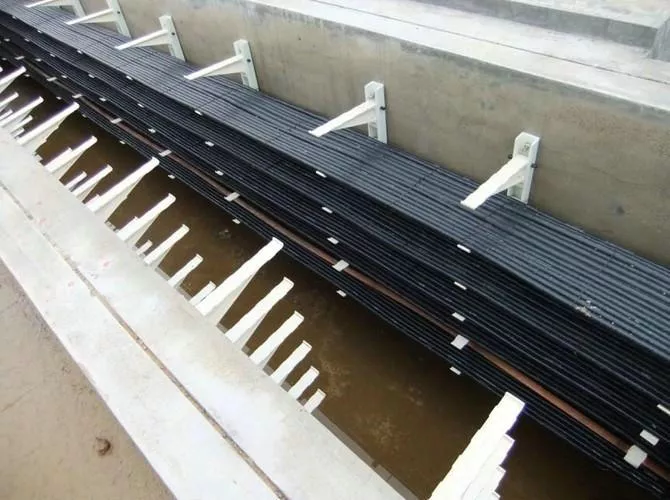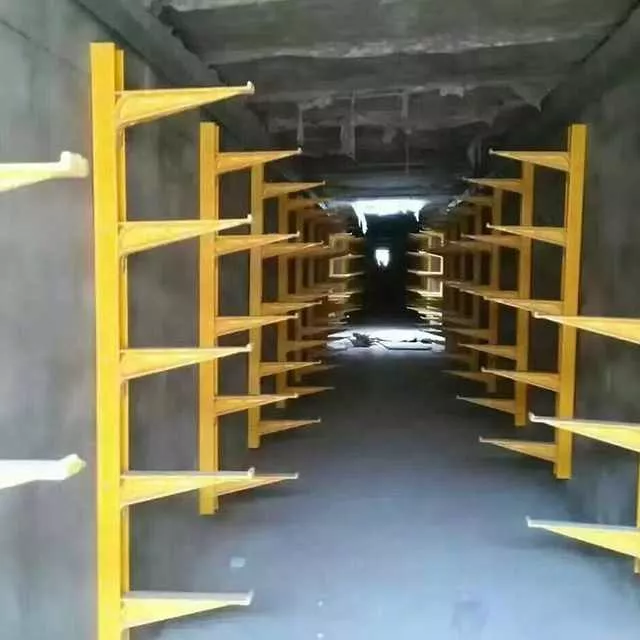Fiberglass Bracket
fiberglass Cable Trays are manufactured using fiberglass and the Sheet Molding Compound (SMC) production process.
Fiberglass Cable Trays are manufactured using fiberglass and the Sheet Molding Compound (SMC) production process. FRP cable trays are a type of thermosetting composite material, formed by pressing SMC composite materials under high temperature. Also known as fiber-reinforced plastic (FRP) cable trays, composite cable trays, or cable channel trays, this material boasts excellent insulation properties. Its smooth surface and low friction coefficient make it highly suitable for protecting cables, which is why it is widely used in cable trenches, cable tunnels, cable laying pits, and similar environments. Based on their structure, they are categorized into embedded cable trays, spiral cable trays, and combined cable trays. They are used in various cable laying scenarios for different cable cross-sections, providing support for power cables and telecommunication cables in cable trenches. They are the best purchasing choice for grid projects.

Advantages
High Strength and Excellent Design
The strength of fiberglass-reinforced thermosetting composites can range from 30 to 1000 MPa. Therefore, we determine the price based on the product's strength, production, manufacturing technology, and capacity.
No Creep
They do not deform or tilt under long-term load.
Fire Resistance
The oxygen index is an important evaluation criterion for cable tray products. It refers to the maximum oxygen concentration under which a product can resist burning.
According to requirements, we have developed cable trays with an oxygen index of 70% or higher, meeting fire safety standards for low smoke, zero halogen, and non-toxicity.
Corrosion Resistance
Composite trays are resistant to corrosion, making them particularly suitable for use in humid, salty, acidic, and weakly alkaline environments.

Electrical Insulation
Type 1: Electrically insulating, with an insulation resistance greater than 1000 GΩ.
Type 2: Anti-static, with a surface resistance of less than 10 GΩ.
Ease of Use and Installation
They are accurate, sturdy, and easy to install.
Service Life
Underground: 50 years
Above ground: 20 years
Suitable temperature range: -50°C to 130°C.

